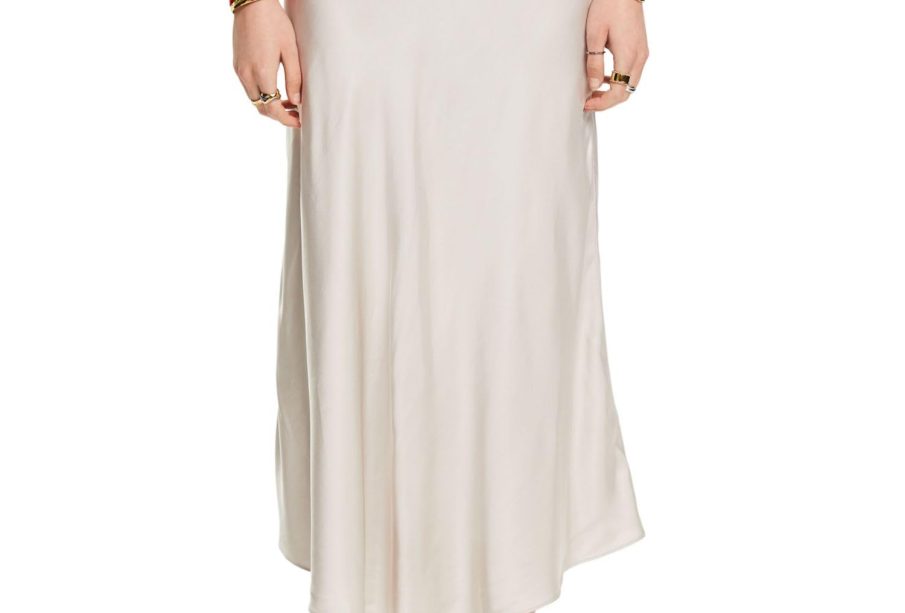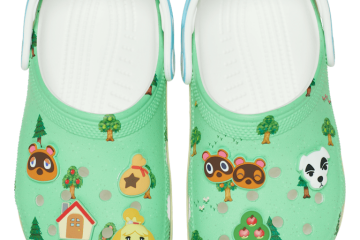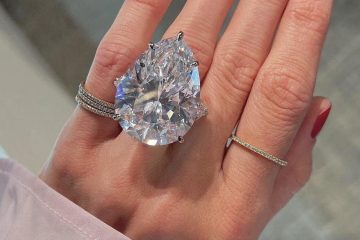The Skirt: A Timeless Fashion Staple in Modern Wardrobes

Introduction to the Skirt
The skirt has remained an integral piece in women’s wardrobes since its inception, spanning various cultures and epochs. Its versatility and ability to adapt to changing fashion trends make it particularly relevant today, as styles evolve and preferences shift. With designers continually reinventing the skirt, it serves not just as a garment but also as a canvas for expressions of style, identity, and self-confidence.
Historical Significance of Skirts
Skirts have a rich history; they date back to ancient civilisations where both men and women donned draped fabrics. In the 20th century, skirts became a symbol of femininity and were pivotal in the liberation movements, notably in the 1920s when flapper dresses challenged traditional norms. By the 1960s, the mini skirt emerged, revolutionising fashion and empowering women for decades to come.
Current Trends in Skirts
Today, the skirt has taken on new forms, influenced by contemporary trends and socio-political climates. Fashion weeks around the world have showcased diverse styles, from classic A-line skirts to bold and eclectic asymmetrical designs. Sustainability is also becoming a key factor, with many brands opting for eco-friendly materials and ethical production—reflecting a growing awareness among consumers about fashion’s impact on the environment.
Popular styles currently include:
- Pencil Skirts: Ideal for formal settings and professional environments.
- Maxi Skirts: Offering comfort and a laidback vibe, perfect for summer wear.
- Mini Skirts: A bold choice, regaining popularity among younger generations.
- Wrap Skirts: Versatile and flattering, often adapted for both casual and formal occasions.
The Cultural Impact of Skirts
Furthermore, skirts have made a significant cultural impact, featuring prominently in movements for gender expression and body positivity. They have transcended mere fashion, becoming symbols of freedom and personal choice. As societal norms evolve, skirts reflect not only style but also the changing dialogues around femininity and identity in today’s world.
Conclusion: The Future of Skirts
Looking ahead, the skirt’s relevance is set to endure as a fashion item. With the convergence of tradition and innovation, designers will likely continue to explore and play with this essential garment. Whether through innovative fabrics, sustainable practices, or inclusive designs, skirts will retain their place in fashion, appealing to diverse markets and generations. Readers may expect to see skirts remaining at the forefront of fashion trends as they adapt to the demands of modern lifestyle and environmental considerations.









